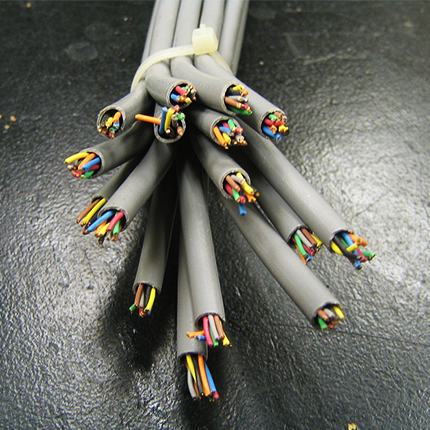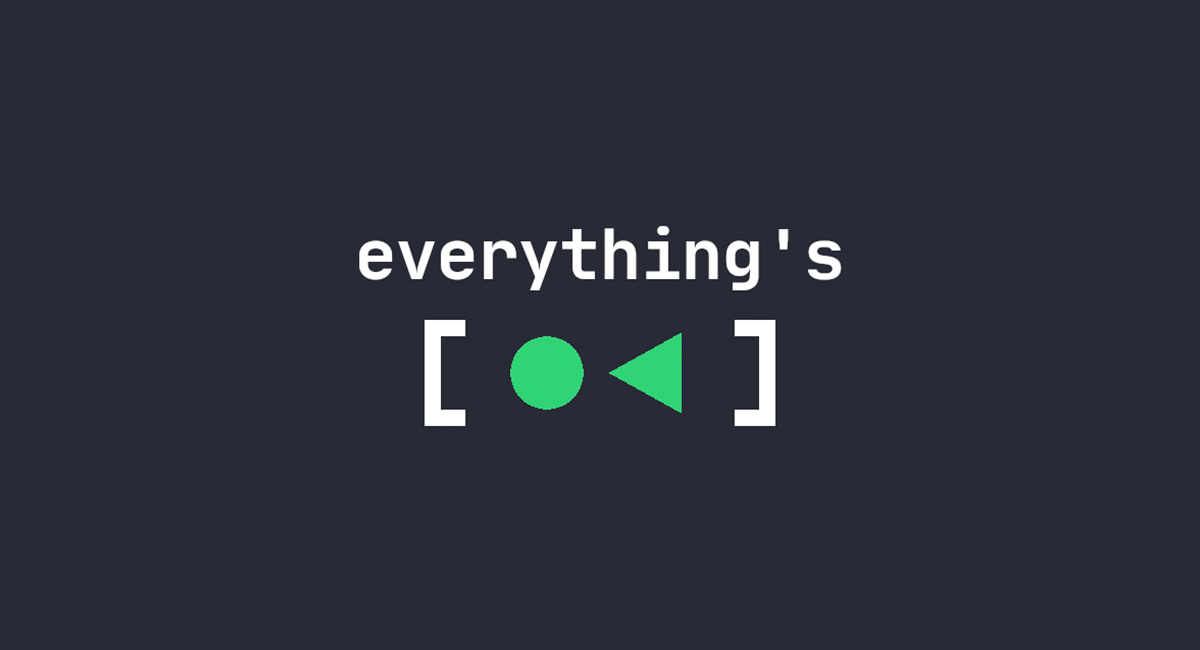- cross-posted to:
- selfhosted@lemmy.world
- cross-posted to:
- selfhosted@lemmy.world
After a few conversations with people on Lemmy and other places it became clear to me that most aren’t aware of what it can do and how much more robust it is compared to the usual “jankiness” we’re used to.
In this article I highlight less known features and give out a few practice examples on how to leverage Systemd to remove tons of redundant packages and processes.
And yes, Systemd does containers. :)



How on earth can you say that? Systemd, while not perfect, creates a system that helps newbies come in and understand Linux, helps Linux grow. Afterwards they can shift to a non systemd distro, but systemd provides a valuable tool.
Hmm that’s an interesting take on systemd. Not sure if anyone would be pivoting to a non-systemd distro after experiencing it… Well I’ve been using Linux before systemd and I wouldn’t switch back to what we had before simply because it makes my life easier in so many ways.
But yes, I see how less fragmented and more approachable a systemd distro will look for a beginner.
Not sure about this.
A new user probably don’t care (and rightly so) about how a certain service is started or stopped, it just need to work, which was true even before systemd.
Actually, its an opaque system that makes it much harder to understand what is going on because it’s a declarative file that is consumed in a non-obvious way by code written in c which is not going to be remotely comprehensible to them. Most people are apt to google for the magic incantation that appears to match their problem without understanding anything.
Not only are simple and easy not the same they are opposing interests in most actual practices.
I had an extremely simple Funtoo (Gentoo derived) installation it had bios boot -> 4 line grub.cfg with explicitly specified kernel and initrd. Making a kernel involved cding to the directory where the new kernel was making it copying a file and changing a text file to point to the new kernel. Understanding how software was built was work because you actually have to specify things you want vs don’t want but it was extremely simple. In fact everything was like that from boot, build, services. Anyone who took a few hours could probably trace it from the first line of grub.cfg to the last service starting up.
I have a more complicated void install that uses rEFInd -> zfsbootmenu . When a new kernel is installed dkms rebuilds modules and dracut handles preparing the boot up, updating automatically creates a snapshot and zfsbootmenu makes it possible to boot into a prior version of your OS. I set none of it up it was configured by an installer and when I messed something up it was a LOT more work to understand how it works and it was impossible to trace it from end to end without googling and reading documentation.
I have a single board computer running a derivative of Ubuntu. The official installation procedure that you are supposed to be able to do remotely doesn’t work at all so I plugged a monitor and keyboard to it loaded the image to a sd card and booted and ran the commands it said to run and it works without issue. It’s opaque but easy to use and if it ever doesn’t I’ll probably just reinstall the image from scratch and run the commands it said to run.
I would recommend Ubuntu/Mint if you just want to do things. If you actually want to understand it for its own sake I would recommend something simple instead of easy.